BREAKING NEWS
LATEST POSTS
-
Brian Gallagher – Why Almost Everybody Is Wrong About DeepSeek vs. All the Other AI Companies
Benchmarks don’t capture real-world complexity like latency, domain-specific tasks, or edge cases. Enterprises often need more than raw performance, also needing reliability, ease of integration, and robust vendor support. Enterprise money will support the industries providing these services.
… it is also reasonable to assume that anything you put into the app or their website will be going to the Chinese government as well, so factor that in as well.
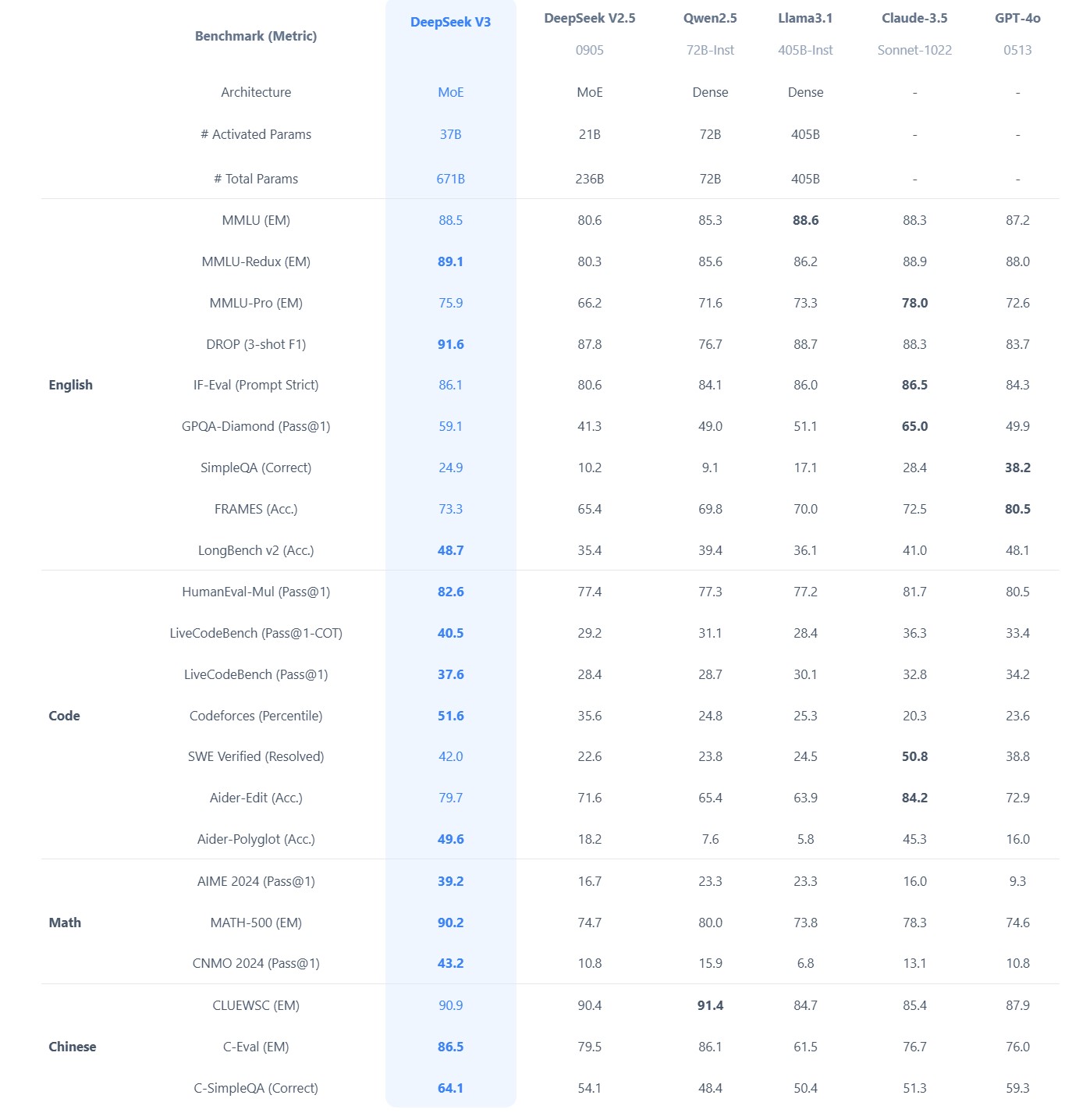
-
One-Prompt-One-Story – Free-Lunch Consistent Text-to-Image Generation Using a Single Prompt
https://byliutao.github.io/1Prompt1Story.github.io
Tneration models can create high-quality images from input prompts. However, they struggle to support the consistent generation of identity-preserving requirements for storytelling.
Our approach 1Prompt1Story concatenates all prompts into a single input for T2I diffusion models, initially preserving character identities.
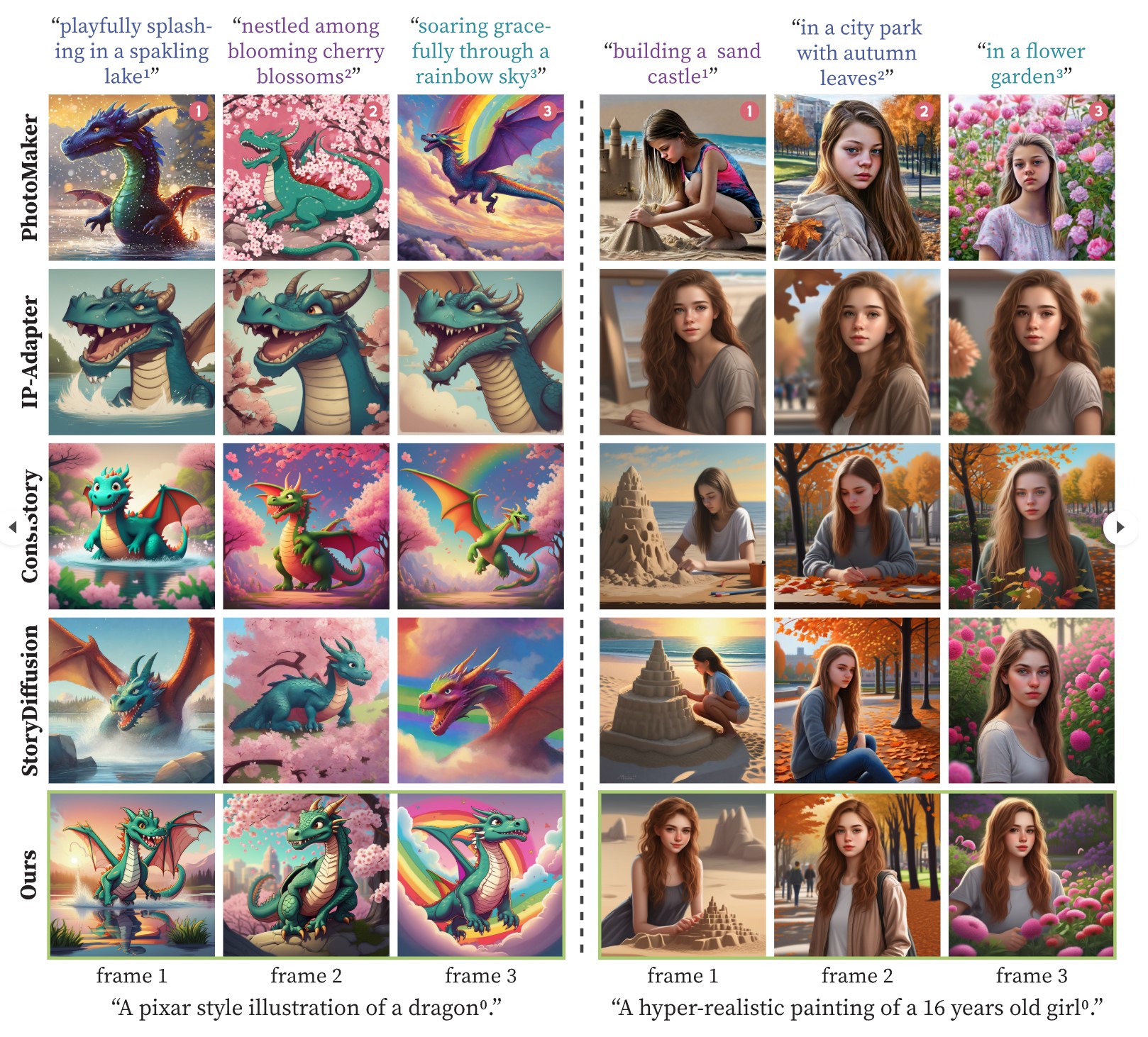
-
What did DeepSeek figure out about reasoning with DeepSeek-R1?
https://www.seangoedecke.com/deepseek-r1
The Chinese AI lab DeepSeek recently released their new reasoning model R1, which is supposedly (a) better than the current best reasoning models (OpenAI’s o1- series), and (b) was trained on a GPU cluster a fraction the size of any of the big western AI labs.
DeepSeek uses a reinforcement learning approach, not a fine-tuning approach. There’s no need to generate a huge body of chain-of-thought data ahead of time, and there’s no need to run an expensive answer-checking model. Instead, the model generates its own chains-of-thought as it goes.
The secret behind their success? A bold move to train their models using FP8 (8-bit floating-point precision) instead of the standard FP32 (32-bit floating-point precision).
…
By using a clever system that applies high precision only when absolutely necessary, they achieved incredible efficiency without losing accuracy.
…
The impressive part? These multi-token predictions are about 85–90% accurate, meaning DeepSeek R1 can deliver high-quality answers at double the speed of its competitors.Chinese AI firm DeepSeek has 50,000 NVIDIA H100 AI GPUs

-
CaPa – Carve-n-Paint Synthesisfor Efficient 4K Textured Mesh Generation
https://github.com/ncsoft/CaPa
a novel method for generating hyper-quality 4K textured mesh under only 30 seconds, providing 3D assets ready for commercial applications such as games, movies, and VR/AR.
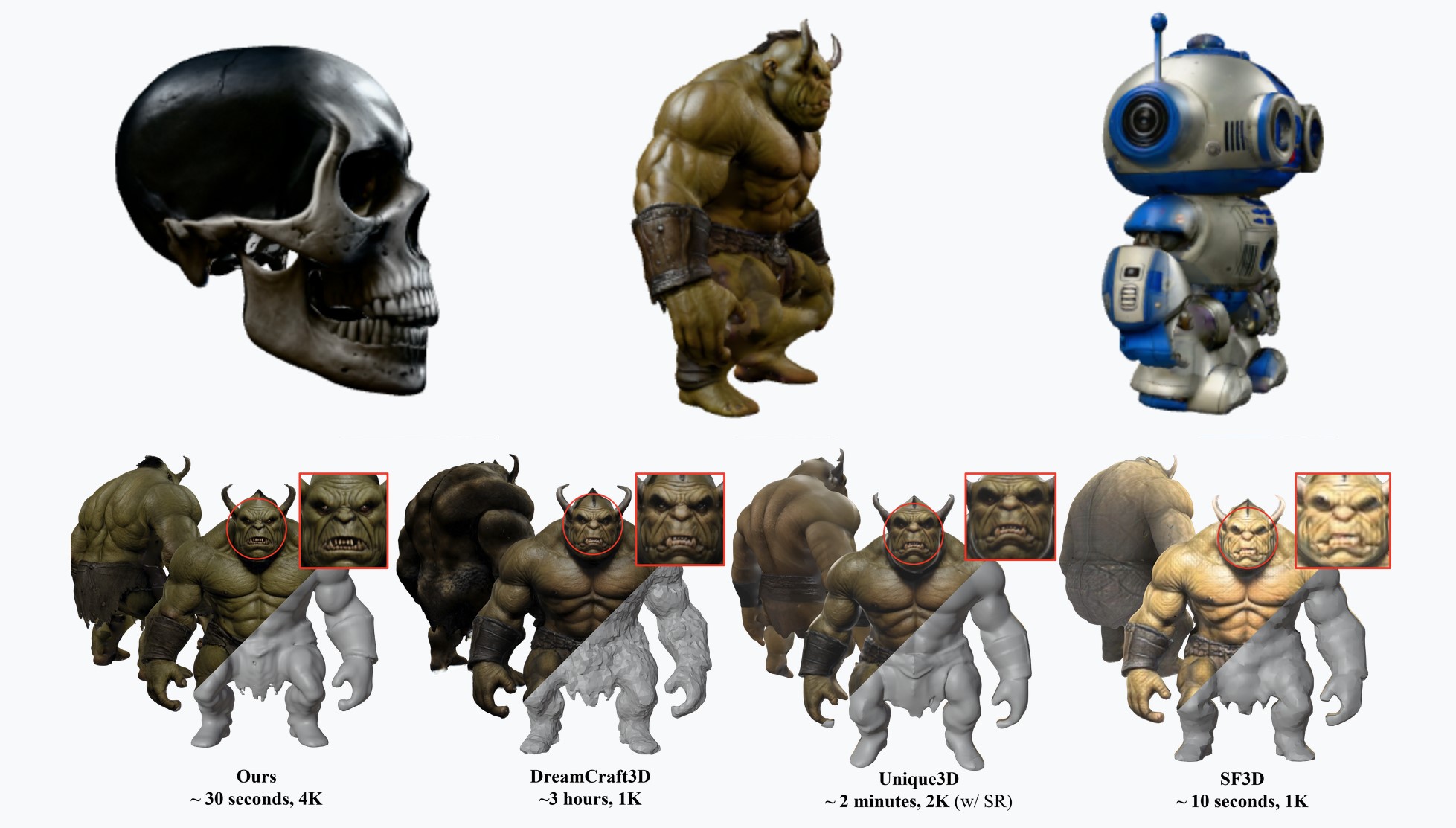
-
Fal Video Studio – The first open-source AI toolkit for video editing
https://github.com/fal-ai-community/video-starter-kit
https://fal-video-studio.vercel.app
- 🎬 Browser-Native Video Processing: Seamless video handling and composition in the browser
- 🤖 AI Model Integration: Direct access to state-of-the-art video models through fal.ai
- Minimax for video generation
- Hunyuan for visual synthesis
- LTX for video manipulation
- 🎵 Advanced Media Capabilities:
- Multi-clip video composition
- Audio track integration
- Voiceover support
- Extended video duration handling
- 🛠️ Developer Utilities:
- Metadata encoding
- Video processing pipeline
- Ready-to-use UI components
- TypeScript support
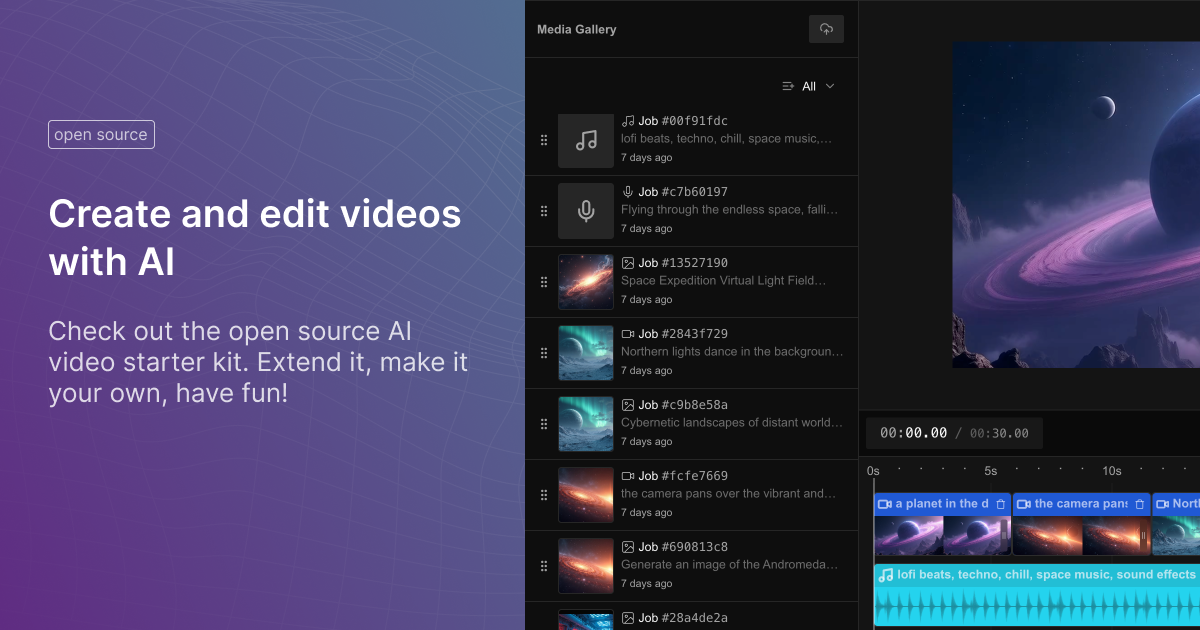
FEATURED POSTS
-
WhatDreamsCost Spline-Path-Control – Create motion controls for ComfyUI
https://github.com/WhatDreamsCost/Spline-Path-Control
https://whatdreamscost.github.io/Spline-Path-Control/
https://github.com/WhatDreamsCost/Spline-Path-Control/tree/main/example_workflows
Spline Path Control is a simple tool designed to make it easy to create motion controls. It allows you to create and animate shapes that follow splines, and then export the result as a
.webmvideo file.
This project was created to simplify the process of generating control videos for tools like VACE. Use it to control the motion of anything (camera movement, objects, humans etc) all without extra prompting.- Multi-Spline Editing: Create multiple, independent spline paths
- Easy To Use Controls: Quickly edit splines and points
- Full Control of Splines and Shapes:
- Start Frame: Set a delay before a spline’s animation begins.
- Duration: Control the speed of the shape along its path.
- Easing: Apply
Linear,Ease-in,Ease-out, andEase-in-outfunctions for smooth acceleration and deceleration. - Tension: Adjust the “curviness” of the spline path.
- Shape Customization: Change the shape (circle, square, triangle), size, fill color, and border.
- Reference Images: Drag and drop or upload a background image to trace paths over an existing image.
- WebM Export: Export your animation with a white background, perfect for use as a control video in VACE.
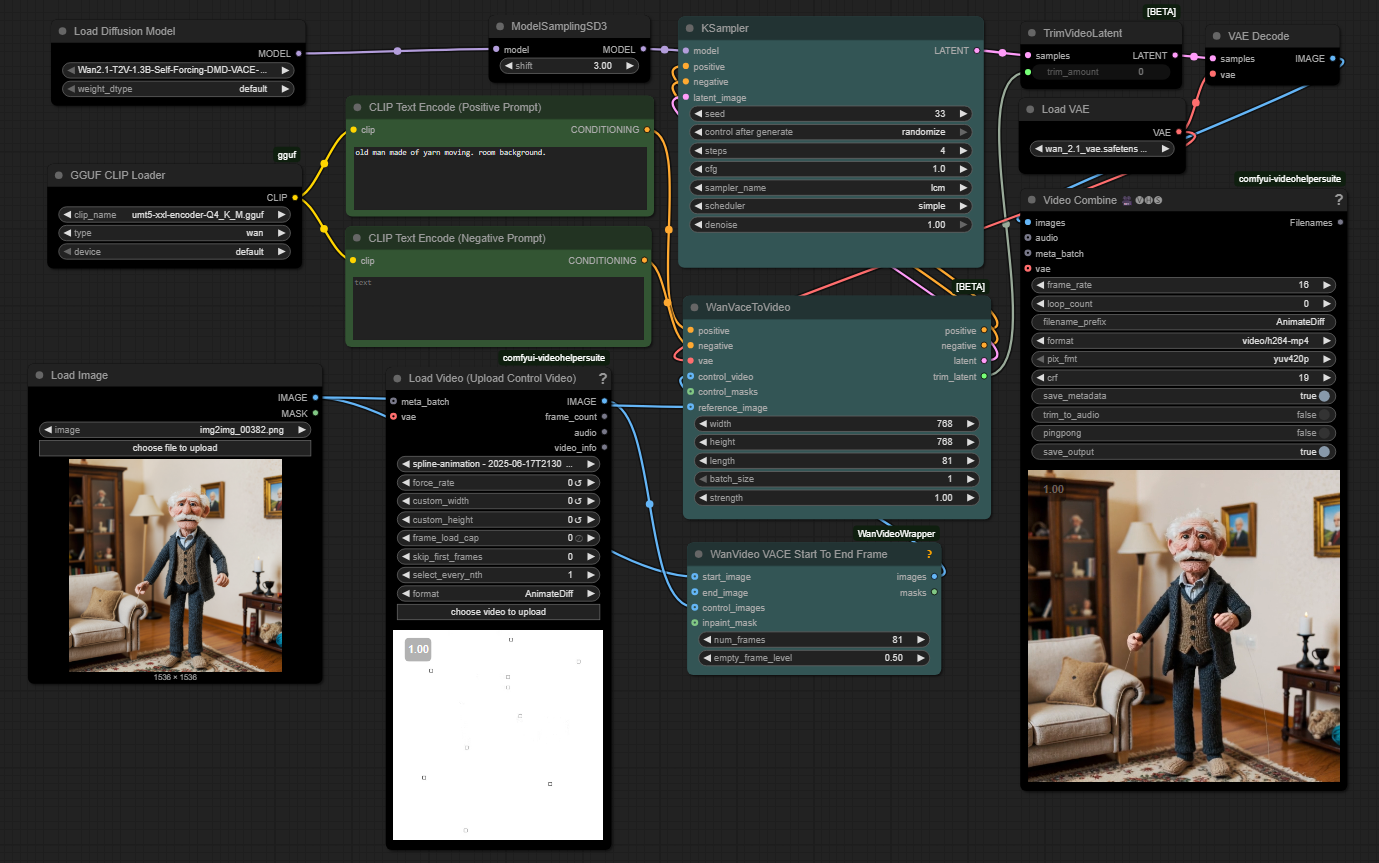
-
AnimationXpress.com interviews Daniele Tosti for TheCgCareer.com channel

You’ve been in the VFX Industry for over a decade. Tell us about your journey.
It all started with my older brother giving me a Commodore64 personal computer as a gift back in the late 80′. I realised then I could create something directly from my imagination using this new digital media format. And, eventually, make a living in the process.
That led me to start my professional career in 1990. From live TV to games to animation. All the way to live action VFX in the recent years.I really never stopped to crave to create art since those early days. And I have been incredibly fortunate to work with really great talent along the way, which made my journey so much more effective.
What inspired you to pursue VFX as a career?
An incredible combination of opportunities, really. The opportunity to express myself as an artist and earn money in the process. The opportunity to learn about how the world around us works and how best solve problems. The opportunity to share my time with other talented people with similar passions. The opportunity to grow and adapt to new challenges. The opportunity to develop something that was never done before. A perfect storm of creativity that fed my continuous curiosity about life and genuinely drove my inspiration.
Tell us about the projects you’ve particularly enjoyed working on in your career
(more…)
-
VFX pipeline – Render Wall management topics
1: Introduction Title: Managing a VFX Facility’s Render Wall
- Briefly introduce the importance of managing a VFX facility’s render wall.
- Highlight how efficient management contributes to project timelines and overall productivity.
2: Daily Overview Title: Daily Management Routine
- Monitor Queues: Begin each day by reviewing render queues to assess workload and priorities.
- Resource Allocation: Allocate resources based on project demands and available hardware.
- Job Prioritization: Set rendering priorities according to project deadlines and importance.
- Queue Optimization: Adjust queue settings to maximize rendering efficiency.
3: Resource Allocation Title: Efficient Resource Management
- Hardware Utilization: Distribute rendering tasks across available machines for optimal resource usage.
- Balance Workloads: Avoid overloading specific machines while others remain underutilized.
- Consider Off-Peak Times: Schedule resource-intensive tasks during off-peak hours to enhance overall performance.
4: Job Prioritization Title: Prioritizing Rendering Tasks
- Deadline Sensitivity: Give higher priority to tasks with imminent deadlines to ensure timely delivery.
- Critical Shots: Identify shots crucial to the project’s narrative or visual impact for prioritization.
- Dependent Shots: Sequence shots that depend on others should be prioritized together.
5: Queue Optimization and Reporting Title: Streamlining Render Queues
- Dependency Management: Set up dependencies to ensure shots are rendered in the correct order.
- Error Handling: Implement automated error detection and requeueing mechanisms.
- Progress Tracking: Regularly monitor rendering progress and update stakeholders.
- Data Management: Archive completed renders and remove redundant data to free up storage.
- Reporting: Provide daily reports on rendering status, resource usage, and potential bottlenecks.
6: Conclusion Title: Enhancing VFX Workflow
- Effective management of a VFX facility’s render wall is essential for project success.
- Daily monitoring, resource allocation, job prioritization, queue optimization, and reporting are key components.
- A well-managed render wall ensures efficient production, timely delivery, and overall project success.





